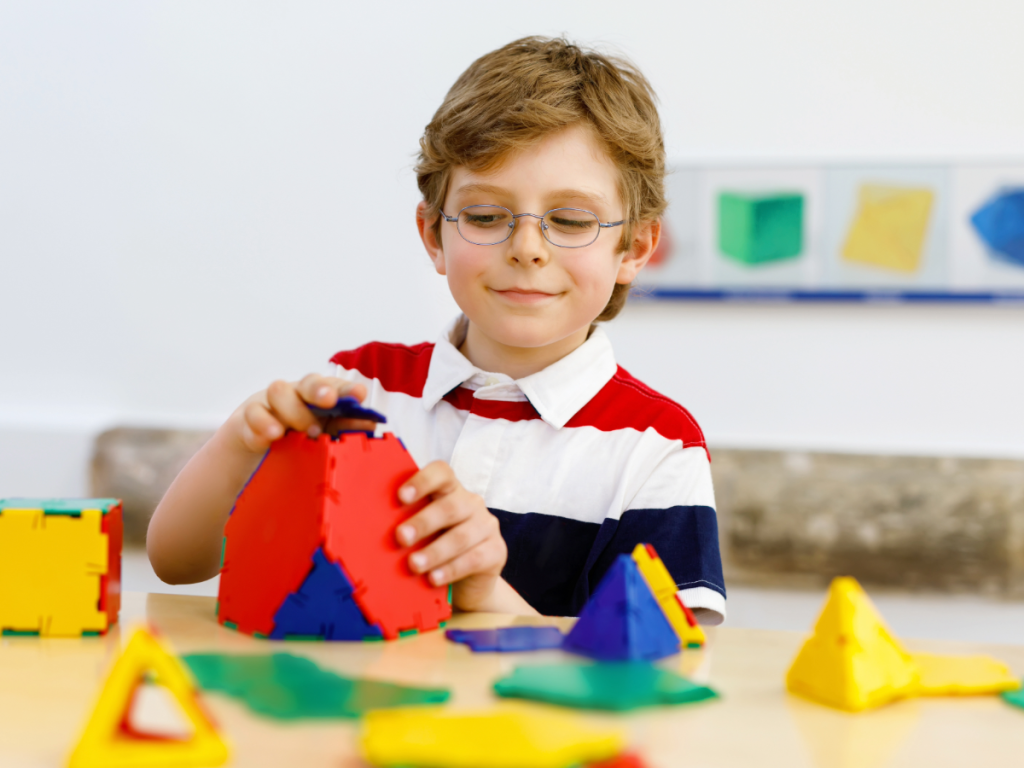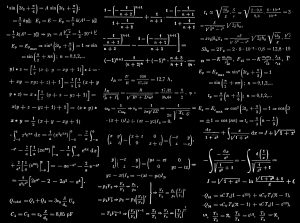Fun and Interactive Ways to Teach Math to Kids

Introduction
Do you find your child struggling with mathematics? Are you seeking ways to make maths learning more enjoyable and effective? Understanding how to make maths easy and interesting is key to fostering a love for the subject in your child. Many parents face the challenge of helping their children develop strong math skills, but with the right approach, you can transform math from a dreaded subject into a fun adventure.
Fun Math Activities for Kids
Engaging children in fun and interactive math activities can help them grasp concepts more easily and develop a positive attitude towards the subject. Here are some effective ways to study math through play and creativity.
1. Use Real-Life Examples
Incorporating real-life examples is one of the best ways to teach kids math. It helps them understand the practical applications of math in everyday life.
-
Grocery Shopping: Involve your child in shopping by asking them to weigh fruits, compare prices, or calculate the total bill.
-
Cooking: Use recipes to teach fractions, measurements, and ratios.
-
Travel: Plan trips together using maps to calculate distances and travel times.
2. Create Math Puzzles and Challenges
Creating your own math puzzles and challenges can make math fun and interactive for your child. This method encourages problem-solving and critical thinking.
-
Math Riddles: Develop simple riddles that require mathematical solutions. For example, “I am a number less than 10 and more than 8. What am I?”
-
Scavenger Hunts: Design a scavenger hunt with math problems that need to be solved to find the next clue.
3. Hands-On Activities
Hands-on activities are an easy way to teach math concepts in a tangible and memorable manner.
-
Abacus: Using an abacus can help children understand arithmetic and develop mental calculation skills. It’s an effective way to study math as it combines visual, auditory, and kinesthetic learning.
-
Building Blocks: Toys like LEGO can be used to teach geometry, symmetry, and fractions.
-
Craft Projects: Create math-related art projects, like making symmetrical patterns or using geometric shapes.
Interactive Math Games
Games can make learning math both fun and educational. Here are some creative ways to teach math through games.
1. Math Bingo
Create bingo cards with answers to math problems. Instead of calling out numbers, read out equations, and children must mark the correct answers on their cards. This game can be adapted for addition, subtraction, multiplication, or division.
2. Math Twister
Modify a traditional Twister game by adding number labels. Instead of saying “right hand on blue,” read out equations such as “right hand on 6 – 3” or “left foot on 2 + 4.” This fun twist encourages physical movement while reinforcing math skills.
3. Addition and Subtraction Bingo
Create bingo cards with answers to simple addition and subtraction problems. Read out problems like “7 + 3” or “5 – 2,” and children must mark the correct answers to win. This activity reinforces basic math operations in an enjoyable format.
Innovative Learning Methods
Innovative ways to teach math can significantly enhance engagement and understanding. Here are some techniques to consider.
1. Storytelling and Role-Playing
Storytelling and role-playing are fun ways to teach math, making abstract concepts more concrete and understandable.
-
Math Stories: Create stories that incorporate math problems. For instance, “Tom has three apples, and he buys two more. How many does he have now?”
-
Role-Playing: Set up a mock shop or restaurant where children can practice addition, subtraction, and money management.
2. Use Visual Aids
Visual aids can help children grasp difficult concepts by providing a visual representation of the problem.
-
Number Lines: Use number lines to teach addition and subtraction.
-
Charts and Graphs: Create charts and graphs to visualise data and teach statistics.
-
Flashcards: Use flashcards for quick and interactive math practice.
3. Integrate Math with Other Subjects
Integrating math with subjects like art, science, and music can show children the interdisciplinary nature of math and its relevance.
-
Art: Teach symmetry, patterns, and shapes through drawing and painting.
-
Science: Use math to measure and record scientific experiments.
-
Music: Explore rhythms, beats, and patterns in music, which often involve counting and fractions.
Encouraging Group Learning
Group learning can be an effective way to study math, fostering a collaborative and supportive environment.
1. Study Groups
Form study groups where children can work on math problems together. This encourages peer learning and reinforces understanding through discussion.
2. Math Clubs
Join or start a math club where children can participate in math-related activities and competitions. This creates a community of learners who support each other.
3. Peer Teaching
Encourage children to teach each other. Explaining concepts to peers can reinforce their own understanding and build confidence.
Celebrating Mistakes and Setting Goals
Creating a positive learning environment where mistakes are seen as part of the learning process can boost confidence and encourage a growth mindset.
1. Reward Effort
Celebrate efforts and progress rather than just correct answers. Positive reinforcement can motivate and encourage your child.
2. Learn from Errors
Discuss mistakes and understand what went wrong, turning them into learning opportunities. This helps children see errors as part of learning.
3. Set Realistic Goals
Setting realistic and achievable goals can keep children motivated and prevent frustration. Track progress and celebrate when goals are met.
Conclusion
Engaging activities are essential for making maths easy and interesting for your child. By incorporating these fun and interactive methods into their daily routines, you can nurture a positive attitude towards math and help your child build a solid foundation in this crucial subject. Encourage a growth mindset, be patient and supportive, and create a math-friendly environment at home.
To further enhance your child’s mathematical development, consider enrolling them in SIP Abacus programs. SIP Abacus offers top-tier skill development programs that focus on unlocking children’s mental potential through enjoyable learning methods. Their curriculum spans Junior, Foundation, Advanced, and Grand Master levels, providing structured and proven learning experiences. The program uses abacus and visualisation techniques to teach mental math skills.
Studies indicate that children completing the SIP Abacus program perform significantly better in math and reading at school, often advancing 3-4 years ahead of their peers within two years of joining. This unique approach to developing both sides of the brain is effective in nurturing academic and overall growth. Have questions? Contact Us today for more information, and let us help you get started with SIP Abacus!



